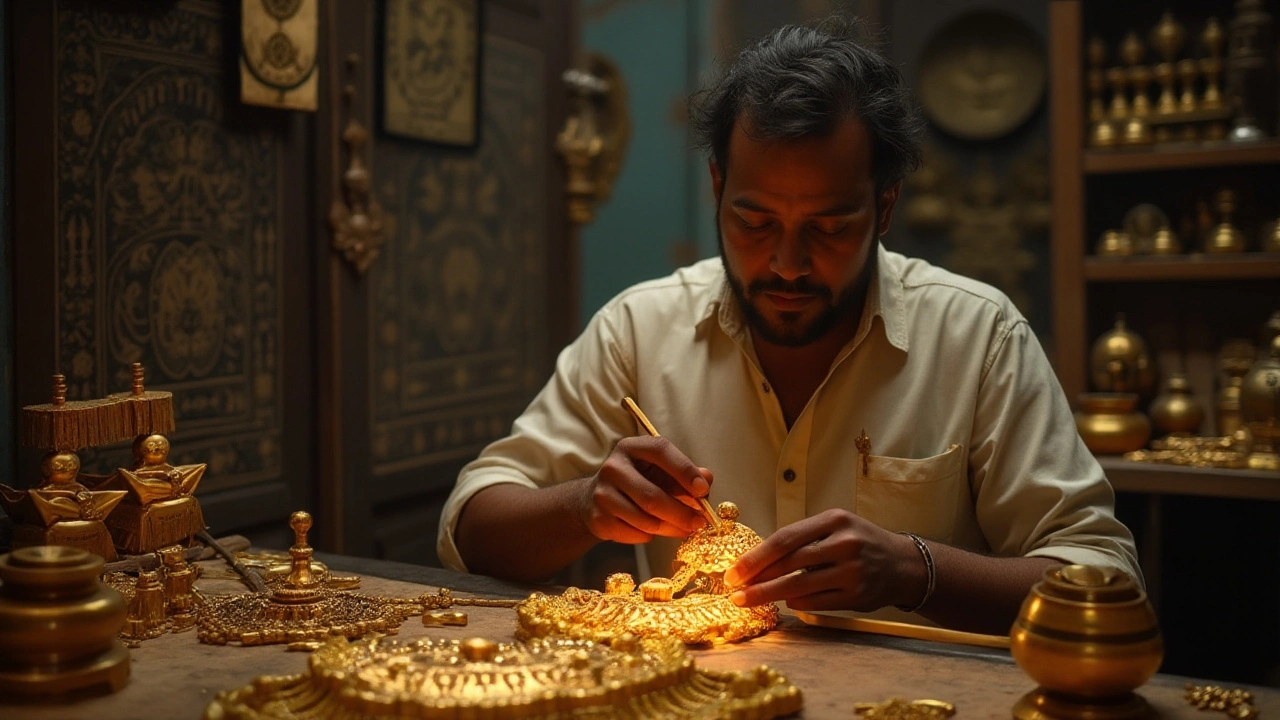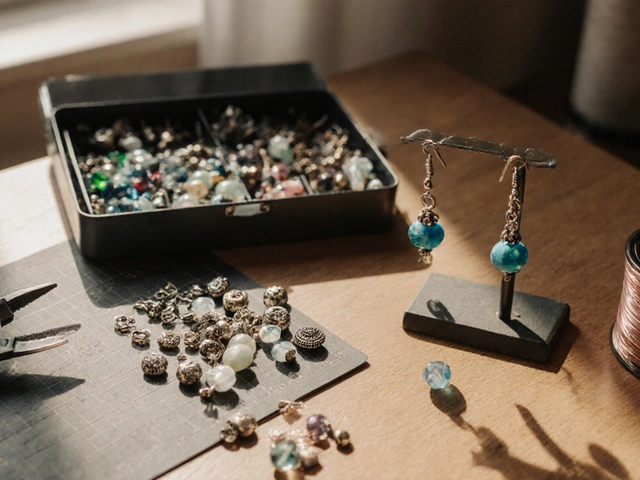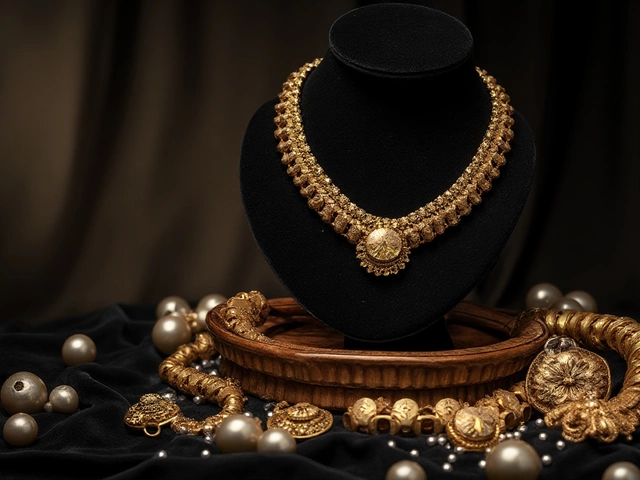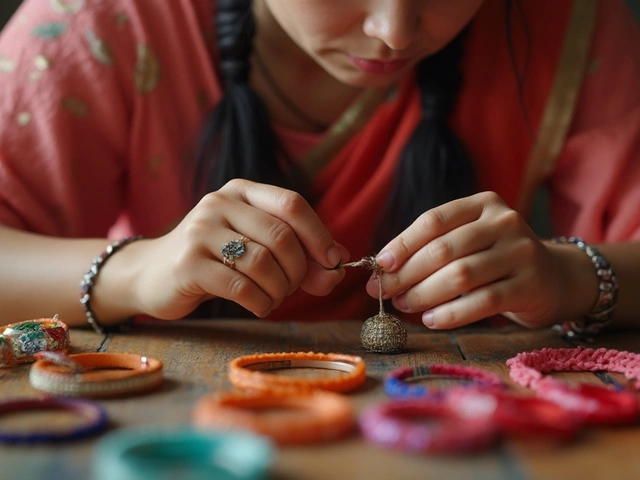Best Gold Types in India – Pick the Right One for You
If you’re scrolling through RH Jewellers and see a bunch of gold options, you might wonder which one is actually the best fit. Is pure 24 karat gold worth the extra cost? Does 21 karat (marked 875) give you a better bang for the buck? Let’s break it down in plain English so you can shop with confidence.
Understanding Gold Purity Marks
Gold purity is shown as a fraction or a number. In India you’ll see 24 K, 22 K, 21 K (sometimes written as 875), and 18 K. 24 K is 99.9% pure – it shines the brightest but is also the softest, so it can scratch easily. 22 K is 91.7% gold, the classic choice for traditional Indian jewelry because it’s sturdy enough for heavy designs yet still looks rich.
When you spot 875 on a piece, it means the gold is 21 karat (21 parts gold, 4 parts other metals). The BIS hallmark will also include a purity stamp like ‘21 K 875’ and a jeweler’s identification number. This type offers a good balance of durability and price, especially for daily‑wear items like rings or bangles.
Some merchants also label pieces as 18 K. That’s 75% gold and is common in western designs. It’s harder, so it holds its shape well, but the color is slightly less warm than 22 K.
Practical Tips for Buying Gold
First, check the hallmark. A genuine BIS stamp guarantees the purity and that the piece meets Indian standards. Look for a small laser‑etched code on the clasp or inside the band. If you can’t find it, ask the seller to show you a certificate.
Second, think about usage. If you need jewelry for everyday wear – a nose stud, a mangalsutra, or a bangle – 22 K or 21 K (875) is usually the sweet spot. For occasional festive wear, 24 K can add that extra wow factor.
Third, consider timing. Prices fluctuate with market rates, but historically the best month to buy gold in India is October‑November, right after the traditional wedding season slows down. You’ll often find lower rates and special offers.
Finally, compare prices per gram, not per piece. Two similar‑looking necklaces might have different weights, and the cheaper one could actually cost more per gram if it’s 18 K instead of 22 K.
Remember, the “best” gold type isn’t one‑size‑fits‑all. It depends on your budget, how you’ll wear the piece, and how much you value purity versus durability. Use these pointers, check the hallmark, and you’ll walk away with a piece that looks great and lasts long.
Ready to shop? Browse RH Jewellers’ collection, filter by ‘22 K’ or ‘21 K (875)’, and use the guide above to pick the perfect gold for your style and budget.
Discovering the Best Gold for Temple Jewellery in India
Temple jewellery in India is steeped in tradition and cultural significance, often requiring careful consideration when it comes to selecting the type of gold. This article explores the various types of gold available in India, offering insights into their purity, durability, and aesthetics. It provides guidance on how to choose the right kind of gold for temple jewellery, highlighting what makes each type unique. Readers will also learn about popular regional preferences and the craftsmanship involved in creating these artisanal pieces.




